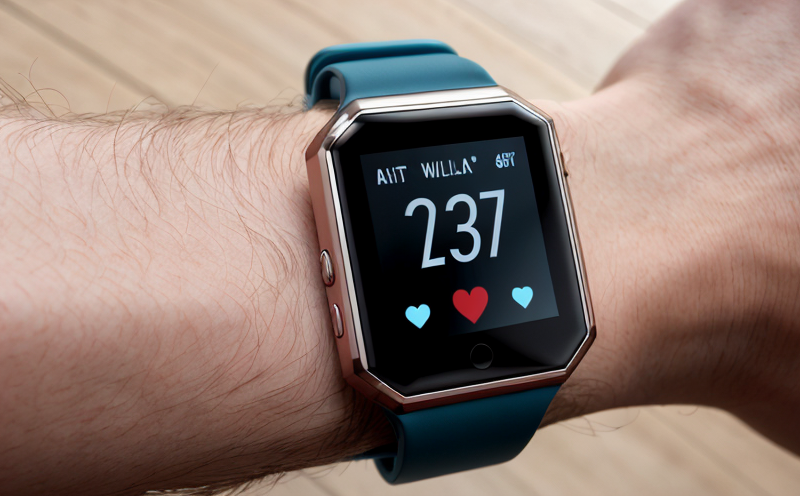FCC Part 15 Wireless Emissions Testing for Wearables
The Federal Communications Commission (FCC) regulations under Part 15 establish the technical standards and procedures that govern emissions from devices operating in the industrial, scientific, and medical (ISM) bands. For wearable technologies, compliance with FCC Part 15 is essential to ensure that these devices do not interfere with other authorized services or equipment.
Wearables like smartwatches, fitness trackers, and health monitors often incorporate wireless communication capabilities such as Bluetooth, Wi-Fi, and near-field communications (NFC). These technologies facilitate seamless integration of wearables into our daily lives but must adhere to stringent standards to prevent interference with other wireless devices.
The testing process for FCC Part 15 compliance involves several key steps. First, the device is configured according to its intended use in a test environment that simulates real-world conditions. The test setup typically includes an anechoic chamber, which provides a controlled electromagnetic field within which emissions can be measured accurately.
During testing, the device under examination is subjected to rigorous scrutiny using specialized equipment such as spectrum analyzers and power meters. These instruments capture and analyze the emitted signals across various frequency bands specified by Part 15. The goal is to ensure that the device’s emissions fall within permissible limits set forth in the regulations.
Compliance with FCC Part 15 not only ensures operational safety but also enhances user experience by minimizing interference issues. Non-compliant devices can cause significant disruptions, leading to malfunctions or failures of nearby wireless systems. This could result in degraded performance for users and potential financial losses for manufacturers.
The testing process is complex and requires precise calibration and execution. Failure to meet the required standards can lead to product recalls, regulatory fines, and damaged brand reputation. Given these challenges, it’s crucial that organizations partner with experienced laboratories capable of delivering accurate results consistently.
| Application | Description |
|---|---|
| Sporting Goods | Smartwatches and fitness trackers help athletes monitor their performance. |
| Clinical Monitoring | Electronic devices assist healthcare professionals in monitoring patient health remotely. |
| Agriculture | Wearable sensors collect data on crop health and environmental conditions. |
| Transportation | On-board diagnostics systems in vehicles enhance safety through real-time monitoring. |
Applied Standards
The primary standard governing FCC Part 15 compliance is the FCC Part 15.201. This regulation specifies that devices operating in the ISM bands must not cause harmful interference to other services and must accept any such interference caused by those services.
For wearable technology specifically, compliance also involves adherence to Bluetooth (BT) and Wi-Fi standards set forth by organizations like the Bluetooth Special Interest Group (SIG) and the Institute of Electrical and Electronics Engineers (IEEE). These standards ensure interoperability between different devices while maintaining high levels of security and privacy.
- Bluetooth: Ensures secure, reliable wireless communication over short distances.
- Wi-Fi: Provides robust connectivity for internet access and data transfer in wearable devices.
Industry Applications
The healthcare sector benefits significantly from the development of FCC Part 15-compliant wearables. These devices enable continuous monitoring of vital signs and other health metrics, providing valuable insights into patient well-being.
- Sporting Goods: Enhance performance tracking for athletes.
- Clinical Monitoring: Assist in remote patient care by healthcare providers.
- Agriculture: Monitor crop health and environmental factors through wearable sensors.
- Transportation: Improve vehicle safety with on-board diagnostics systems that provide real-time data.
Environmental and Sustainability Contributions
Incorporating FCC Part 15-compliant wearables into daily life promotes environmental sustainability by reducing the need for frequent replacements of devices due to interference issues. By ensuring seamless communication across various wireless networks, these devices contribute to a more efficient use of resources.
- Reduces energy consumption through optimized signal transmission.
- Promotes longer device lifespans by minimizing hardware failures caused by interference.





